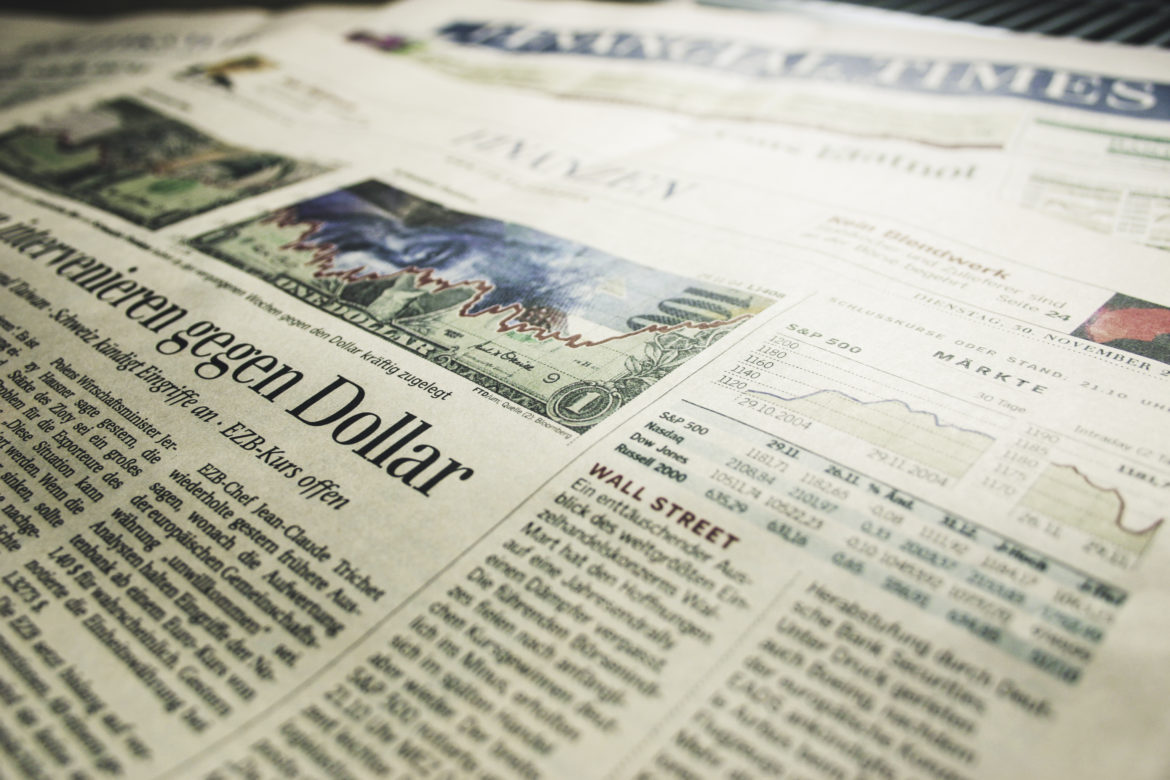So, another quarter has passed. These dates don’t reflect the ‘worst’ low points in March but did you know that for the UK and the US (as most world markets) the indices have enjoyed their biggest quarterly gains for ten years? Bigger indices globally and in the US especially have been swollen by the Tech giants as I have shared before so it is great testament to the UK (which doesn’t have many of those and instead has depressed banks and oil companies) that the FTSE100 has done the same with an 8.8% gain. The US S&P 500 rose by 19% with tech stocks driving that now well into seriously over-bought territory.
So why did this recovery take place? Not only have literally trillions been poured into support and credit by central governments/banks but inevitably after such an awful problem, there is over-reaction downwards and then a rebalancing to a better perception of ‘normality’. Certainly however, we are not back up ‘there’ yet and many stocks are still way too undervalued.
As investors will know, many companies have cut their dividends to shareholders this year. Some is understandable, some unacceptable. Some companies will not be forgiven easily and very few showed any dynamism in considering alternatives like scrip dividends – issuing shares (which could be sold) instead of cash. Even collective investments have been impacted of course, Investment Trusts less-so as the rules give them more flexibility and a few stars are continuing with constructive policies so investors know they can rely upon their payments. For example, from our stable Seneca Global Income and Growth is committed to its present quarterly payments. With plenty of reserves, it can use capital (if it needs) to shore-up any deficiencies in the interim. Others like Value Income and Growth also has a generous yield and with a portfolio of properties (not concentrating upon retail either) it can afford a good level of payment to investors. There are many and I am pleased that we hold several though clearly some have also cut payments altogether, especially the ‘loan funds’. It is more of a struggle but if we can secure an expected annual income from a widely balanced portfolio of assets in the region of 4% into the future, that is very good. These entities also need to remember that investors who need the dividends to top-up other income, to help pay the bills can always reinvest a surplus. I should like to feel that a year ahead there will be a catch-up as well as companies which have stopped payments make-up for the losses when they realise things were not quite so bad for them.





